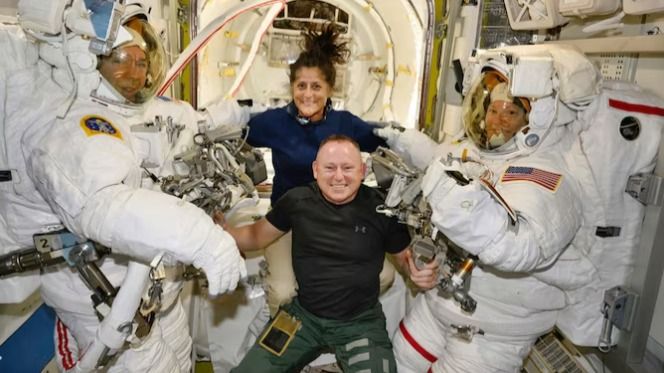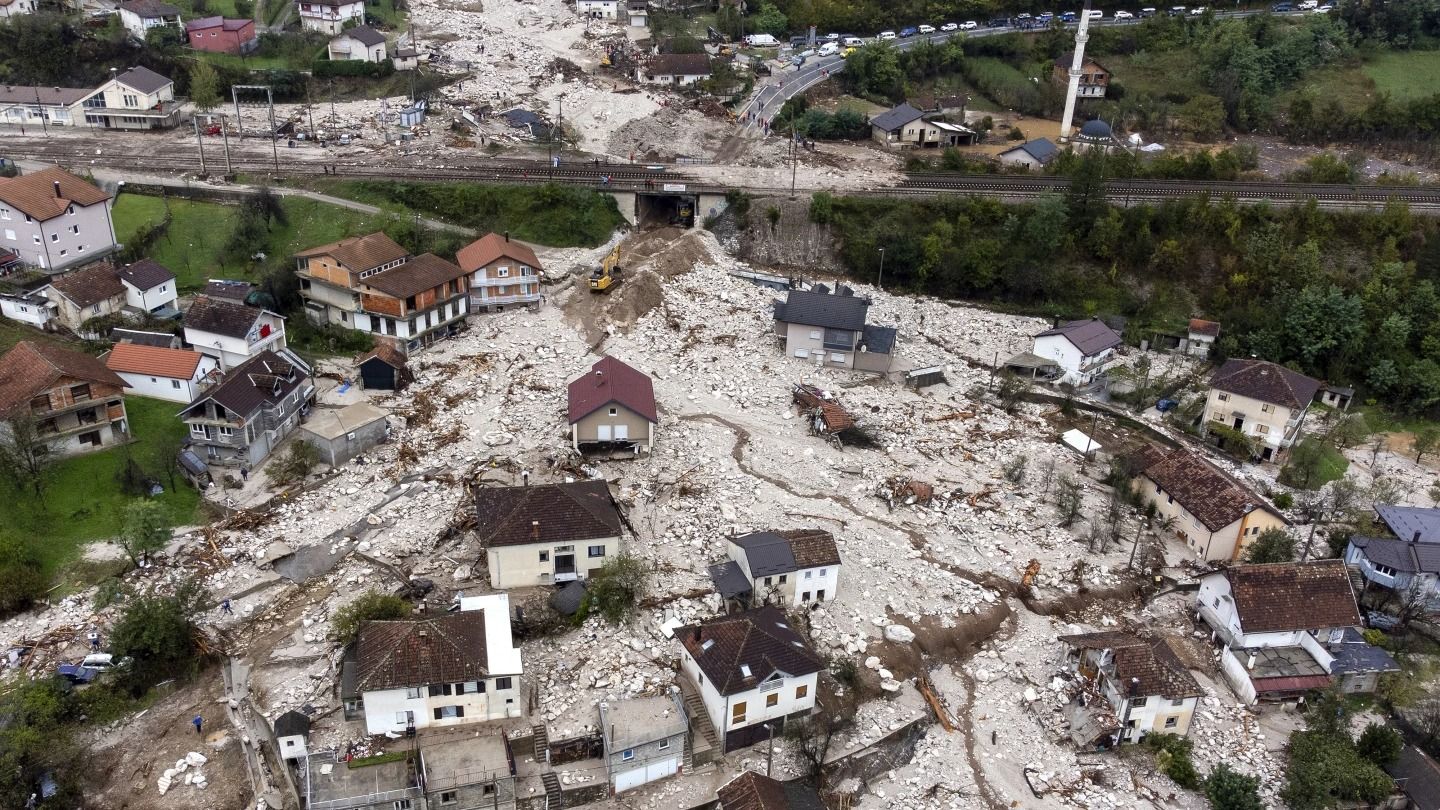NASA has confirmed that astronauts Sunita Williams and Barry “Butch” Wilmore will return to Earth in February 2025 from space. With the extended stay at the International Space Station, the astronauts are at great risk of various health problems. The health complications grow primarily due to microgravity. One of the health risks is space anaemia.
What is Space Anaemia?
The human body in space tends to destroy red blood cells faster than on Earth. The speed increases from two million per second to three million cells per second. This phenomenon in the body is called space anaemia. This can lead to haemoglobin deficiency.
Both the astronauts are trained to be full-time crew members of the space station. They will return to Earth using the SpaceX Dragon instead of the faulty Boeing Starliner.
A research paper titled ‘Hemolysis Contributes to Anaemia During Long-Duration Space Flight’, published in the Nature Medicine journal in 2022, shows that space flight is associated with persistently increased levels of products of haemoglobin degradation, carbon monoxide in alveolar air and iron in serum, in 14 astronauts throughout their 6-month missions onboard the International Space Station. The study reported that one year after landing, erythrocytic effects persisted, including increased levels of hemolysis, reticulocytosis and haemoglobin.
These findings suggest that the destruction of red blood cells, termed hemolysis, is a primary effect of microgravity in space flight and support the hypothesis that the anaemia associated with space flight is a hemolytic condition that should be considered in the screening and monitoring of both astronauts and space tourists.
After Effects
Space anaemia will have a different effect on these astronauts, after they return to Earth. These effects include a further increase in the destruction of red blood cells, loss of bone density and vision-related issues. Depending on the physical condition of the body, it could take months for astronauts to recover from these complications.
The return to Earth’s surface also causes major hemodynamic changes, as fluid shift reversal increases plasma volume and dilutes RBCs. The astronaut cohort had an 8.8% decrease in haemoglobin concentration 4 days after landing compared to 5 of 13 astronauts (38.5%) reaching clinical levels of anaemia. Low haemoglobin concentrations postflight indicate that astronauts’ first landing measure, just like inflight measures past 10 days in space, originated from fewer RBCs. These predicted proportionately lower CO elimination, iron and iron carrier protein concentrations, the study revealed.
What is Space Anaemia and How It Can Affect Sunita Williams, Butch Even After Returning To Earth world-news World News | Latest International News | Global World News | World News Today




